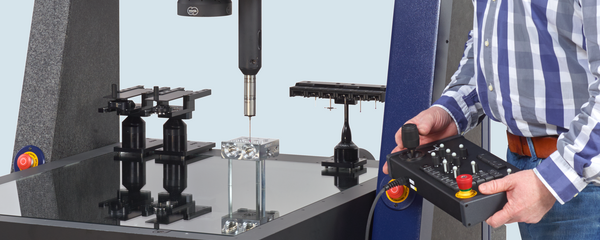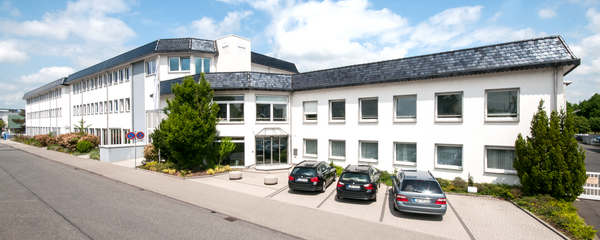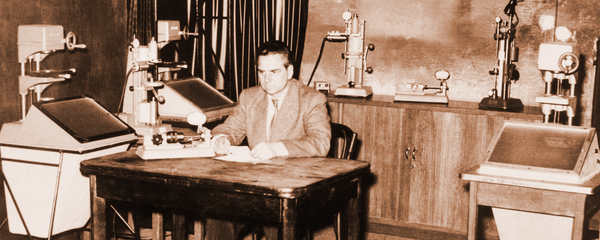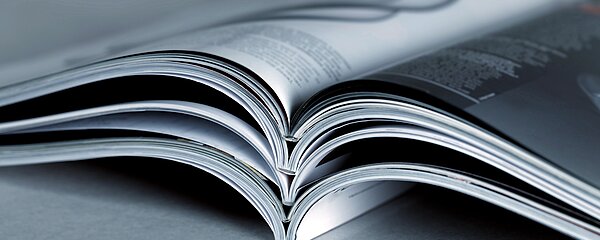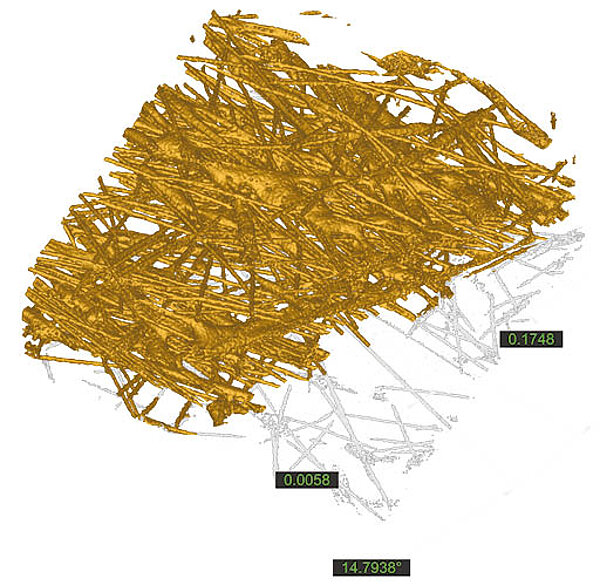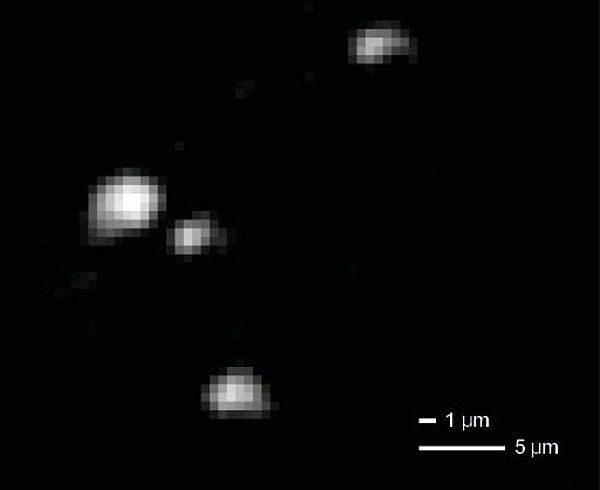The sub-microfocus tube increases the resolution of the two-tube measuring system by an order of magnitude, a resolution of less than one micrometer is achieved. The 300 kV microfocus tube enables the measurement of large or dense workpieces with resolutions in the range of a few micrometers. This makes the machine suitable for applications with widely varying resolution requirements and for different workpiece sizes and materials. Almost all computed tomography measurement tasks can now be solved with a single machine. By combining it with region-of-interest computed tomography (ROI-CT), several small details on comparatively large workpieces can also be measured (patent). For this purpose, the overview CT is measured with the microfocus tube, the ROI with the submicrofocus tube in higher magnifcation.
Powerful duo
The microfocus tube achieves voltages up to 300 kV at a maximum power of 80 W and focal spot sizes of a few micrometers. The transmission target enables such small focal spot sizes even at maximum power. Thus, large or dense workpieces can be measured with high resolution and speed
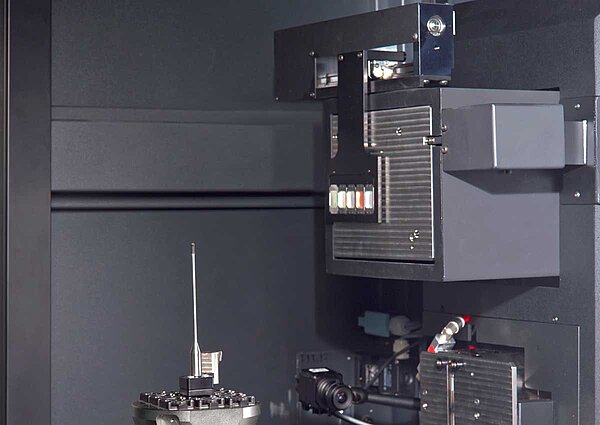
Two-tube measuring system: microfocus tube (top) and sub-microfocus tube (bottom)
The submicrofocus tube has a maximum voltage of 160 kV and up to 50 W power. With an additional focusing unit, it achieves a smallest focal spot size of 0.5 µm. The characteristic given for a CT machine is often the resolution in the radiographic image, which
usually does not correspond to the resolution in the volume, or only a voxel size is given, which can be chosen to be almost any small by calculation. Neither is a measurement of what structure size is actually resolved. With the Werth submicrofocus tube, the resolution in the radiographic image is 0.5 µm
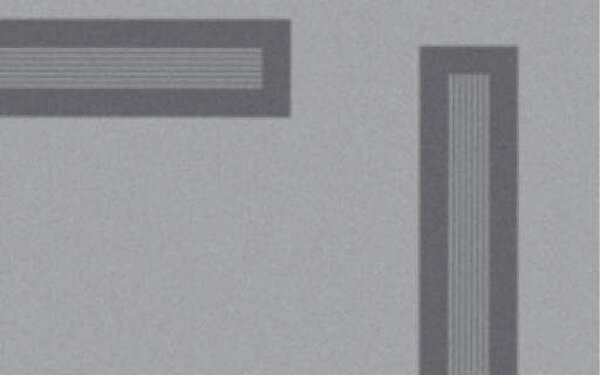
Radiographic image of a structural standard with a line width of 0.5 μm: the structure is resolved
The effective resolution of a CT coordinate measuring machine results mainly from the combined effect (convolution) of the resolution functions of the focal spot, rotary axis and detector, taking the magnification into account. Therefore, the machine is also equipped with a highly accurate rotary axis whose radial run-out errors are less than 0.2 µm. Thus, the practical volume structure resolution of the two-tube measuring system with submicrofocus tube is about 1 µm. Applications of the submicrofocus tube include measurements of filter materials, like fiber structure, the measurement of particle penetration depth with color-coded display, and the measurement of corresponding particle sizes

